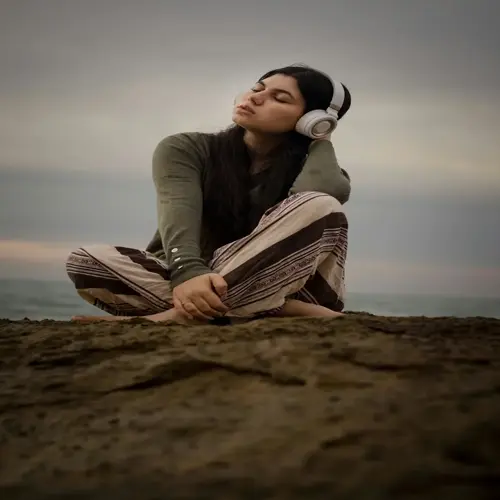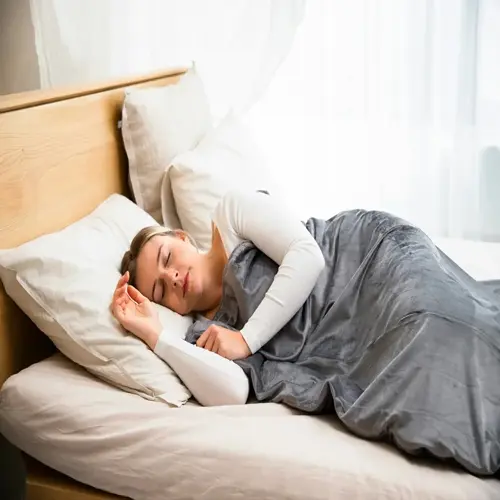What conditions can art therapy address?

Written by
David Nelson
Reviewed by
Prof. William Dalton, Ph.D.Art therapy is a way to address many mental health conditions using non-verbal emotional outlets. It helps clients who have difficulty expressing themselves verbally. The creative process connects to feelings safely and independently, regardless of a diagnosis. I've helped many clients with many different issues find relief. Supplies become bridges to emotional understanding.
Anxiety Disorders
- Externalizes worry through symbolic representation
- Grounding techniques with textured materials
- Processes anticipatory fears visually
Trauma Processing
- Safe distance through metaphorical expression
- Reorganizes fragmented memories visually
- Restores bodily awareness gradually
Life Transitions
- Explores identity changes through collage
- Processes grief with memorial creations
- Clarifies values during career shifts
Non-linguistic methods are effective in overcoming language barriers. Clients can externalize very complicated internal states. Clay, for instance, might represent relationship tensions, and colors can demonstrate mood shifts. I assist clients with noticing these symbolic linkages. This results in insight without the kind of confrontation.
Emotion modulation improves via sensory interactions. Breathing with colors is a calming technique for the nerves. Molding clay softens physical tension. I help clients recognize emotional triggers via texture. This awareness carries into everyday situations easily.
Social connections emerge through shared spaces for creative activity. Participants connect without the pressure of conversation. Creating art in parallel can naturally foster trust and mutual understanding. I have observed isolated clients share and develop connections that later contributed to meaningful relationships. These strategies support diverse groups of individuals across the lifespan, compared to more traditional forms of therapy.
Read the full article: Art Therapy Benefits: Transform Your Wellbeing

